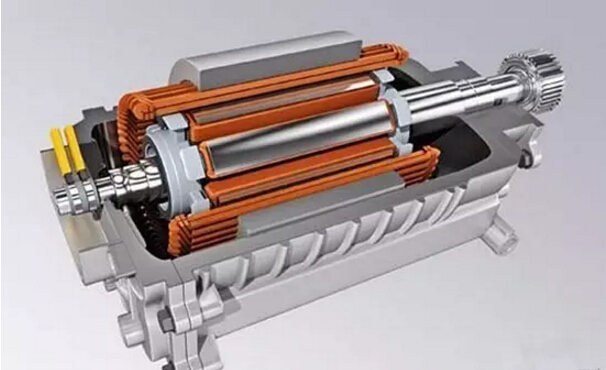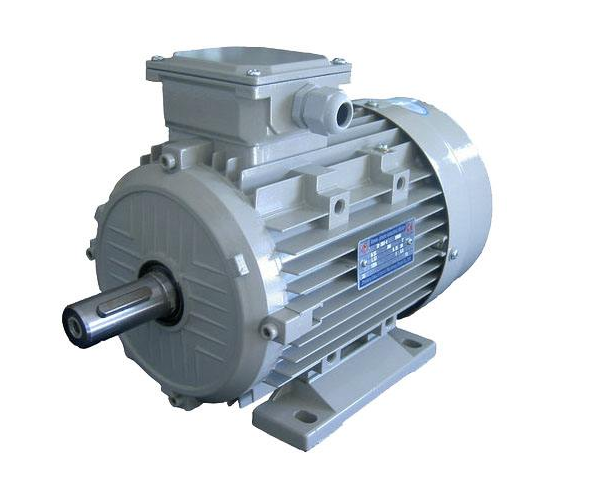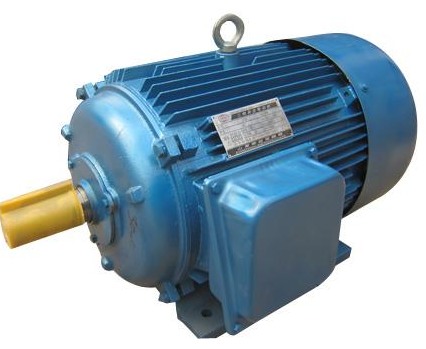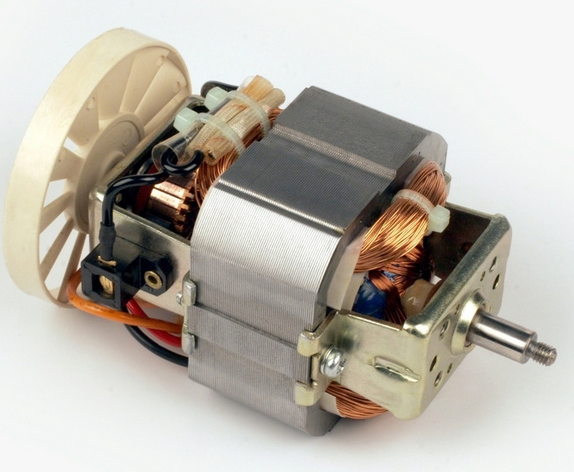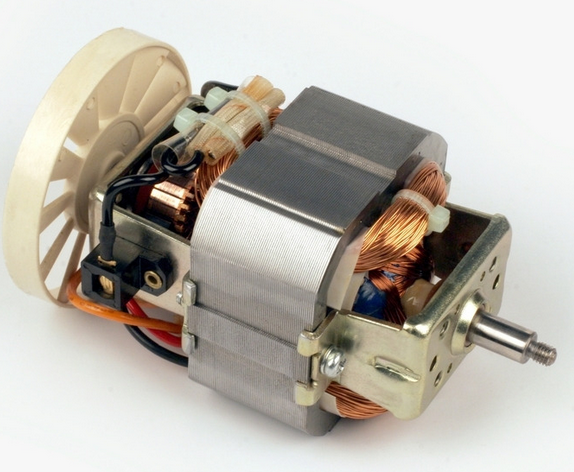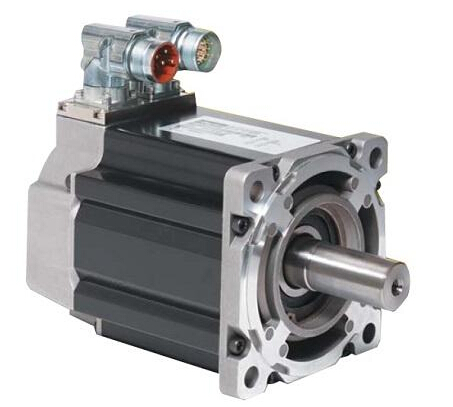With the rapid development of China's cities, transportation has become a bottleneck for the further development of the city. As a fast and safe, and large-capacity urban transport, the subway is an important means to solve traffic contradictions and break through urban development. In the construction of the subway, linear motors play an important role. Let's take a look at the advantages of linear motors in the subway track system.

1, good climbing ability
Stable linear motor traction is a cost-effective drive that is not limited by the adhesion between the wheel and the track, so it has a very good climbing ability. Therefore, the slope of a conventional railway will not exceed 3 percent. In the fourth place, subways using linear motors can climb up to six to eight percent, so they are very flexible when they move underground and climb the ground.
2, can reduce friction loss
Linear motors do not require the aid of reduction gears for traction, and the freedom of bogie design is also very large, while enabling very precise control, as well as vertical and lateral forces for radial use. The bogie can greatly reduce the performance of the rim force and the friction loss of the wheel and rail.
3, can shorten the length of the tunnel
The rail transit using linear motors is directly transmitted by the reaction plates laid between the rails, and is not limited by the adhesion. Therefore, it is easy to get rid of the various problems caused by taxiing and idling. Through the line with a small radius curve, the length of the tunnel can be greatly shortened, and a good economic advantage is exhibited in urban rail transit.
The above content allows everyone to understand the various advantages of linear motors in the subway track system. For these reasons, many high-quality linear motors are used in many subway tracks, which will make the subway better. The ability to climb and pass through small radius curves, as well as the ability to reduce friction losses, reduces costs for the construction of urban rail transit.
















 RCCN WeChat QrCode
RCCN WeChat QrCode Mobile WebSite
Mobile WebSite